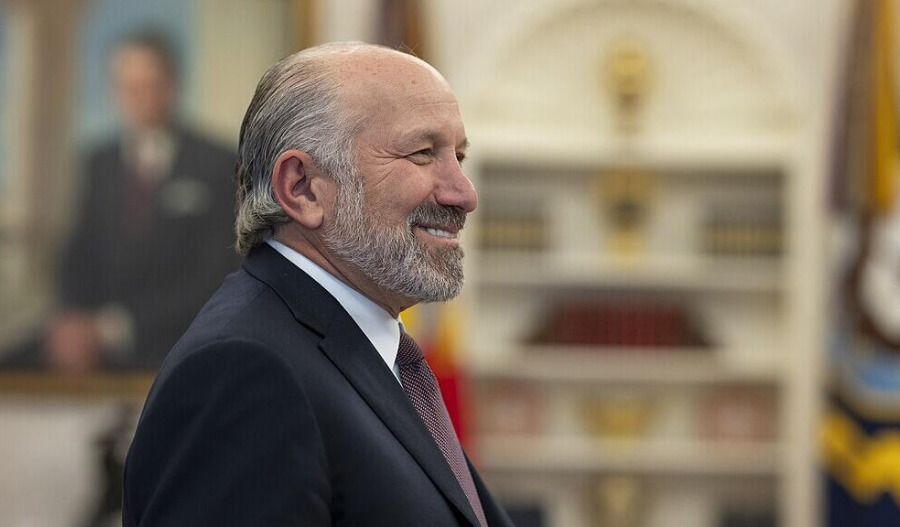Oil prices traded lower during Tuesday's Asian deals as investors weighed growing concerns of oversupply in 2026 against uncertainty around Russian exports and attempts to secure a peace deal in Ukraine.
By 3:15 pm AEDT (4:15 am GMT), Brent crude slipped 28 cents, or 0.4%, to $63.09 per barrel, while West Texas Intermediate fell 23 cents, also down 0.4%, to $58.61.
The muted moves followed a 1.3% rise in both benchmarks on Monday, when doubts over progress in peace negotiations reduced expectations that sanctioned Russian crude and fuel supplies would soon return freely to global markets.
Despite persistent concern over Russian shipments, analysts expect a looser supply–demand balance next year, with multiple forecasts indicating global production growth will outpace consumption.
That outlook has tempered the market’s reaction to geopolitical risks.
ANZ analysts noted: "Signs of increasing disruption to Russian crude due to U.S. sanctions also provided some support. The discount on Russia’s flagship Urals crude for Indian refiners has deepened to as much as USD7/bbl to Dated Brent, as buyers become increasingly concerned about the U.S. sanctions."
The lack of progress between Washington and Kyiv over a U.S. peace proposal - described by Ukraine and European allies as a Kremlin wish list - is supporting prices in the near term.
A viable deal could pave the way for sanctions relief and release previously constrained Russian barrels onto the market.
At the same time, expectations of a Federal Reserve rate cut at its 9–10 December meeting are providing a modest floor for crude.
Recent comments from Fed officials have bolstered hopes for monetary easing, which could spur economic activity and, in turn, strengthen oil demand.



